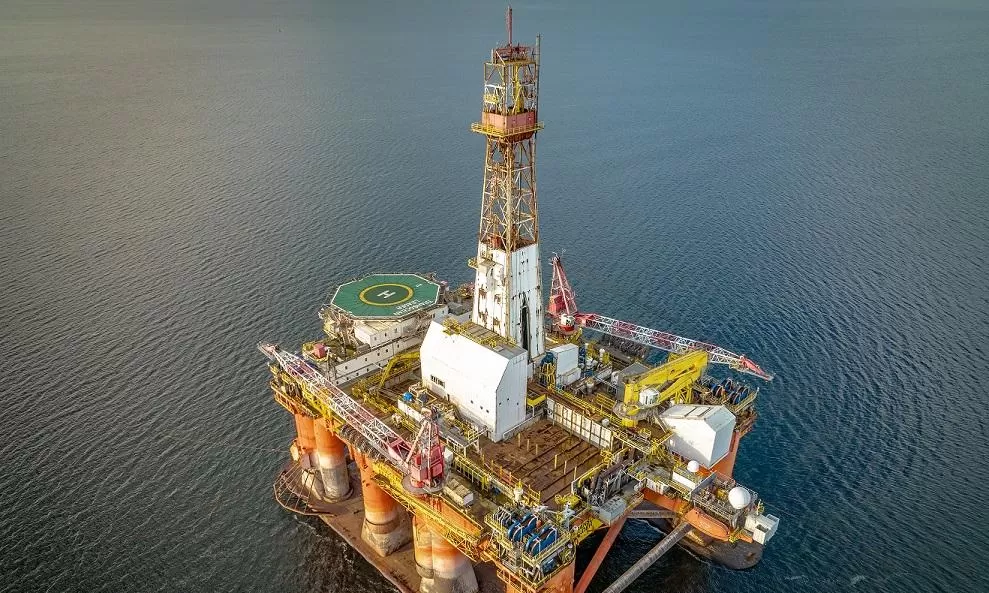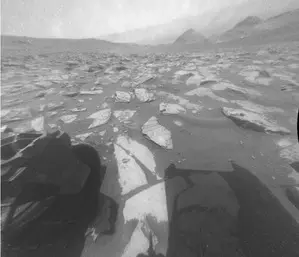
NASA's Curiosity rover captures video of typical Martian day
text_fieldsWashington: NASA's Mars rover Curiosity has captured two black and white films depicting a typical Martian day, spanning from sunrise to sunset.
Using its black-and-white Hazard-Avoidance Cameras, or Hazcams, the rover caught its own shadow shifting across the Martian surface. NASA reported that the videos were recorded on November 8, the 4,002nd Martian day, or sol, of the mission.
Instructions to record the videos were part of the last set of commands beamed up to Curiosity just before the start of Mars solar conjunction, a period when the Sun is between Earth and Mars -- from November 11 to 25.
The rover, which landed on Mars in 2012, used the Hazcams because its other activities were intentionally scaled back just prior to conjunction.
Hazcams recorded 12 hours of snapshots for the first time, hoping to capture clouds or dust devils that could reveal more about the Red Planet’s weather, NASA said.
When the images came down to Earth after conjunction, the scientists put together the pair of 25-frame videos to capture the passage of time.
Extending from 5:30 a.m. to 5:30 p.m. local time, the videos show Curiosity’s silhouette shifting as the day moves from morning to afternoon to evening.
The first video, featuring images from the front Hazcam, looks southeast along Gediz Vallis, a valley found on Mount Sharp. Curiosity has been ascending the base of the 5-kilometre-tall mountain, which sits in Gale Crater, since 2014.
As the sky brightens during sunrise, the shadow of the rover’s 2-metre robotic arm moves to the left, and Curiosity’s front wheels emerge from the darkness on either side of the frame.
Also becoming visible on the left is a circular calibration target mounted on the shoulder of the robotic arm.
In the middle of the day, the front Hazcam’s auto exposure algorithm settles on exposure times of around one-third of a second. By nightfall, that exposure time grows to more than a minute, causing the typical sensor noise known as “hot pixels” that appears as white snow across the final image.
The second video shows the view of the rear Hazcam as it looks northwest down the slopes of Mount Sharp to the floor of Gale Crater.
The rover’s right rear wheel is visible, along with the shadow of Curiosity’s power system. A small black artefact that appears at the left midway through the video, during the 17th frame, resulted from a cosmic ray hitting the camera sensor.
Likewise, the bright flashing and other noise at the end of the video are the result of heat from the spacecraft’s power system affecting the Hazcam's image sensor.
These images have been re-projected to correct the wide-angle lenses of the Hazcams. The speckled appearance of the images, especially prominent in the rear-camera video, is due to 11 years of Martian dust settling on the lenses.
With inputs from IANS
























